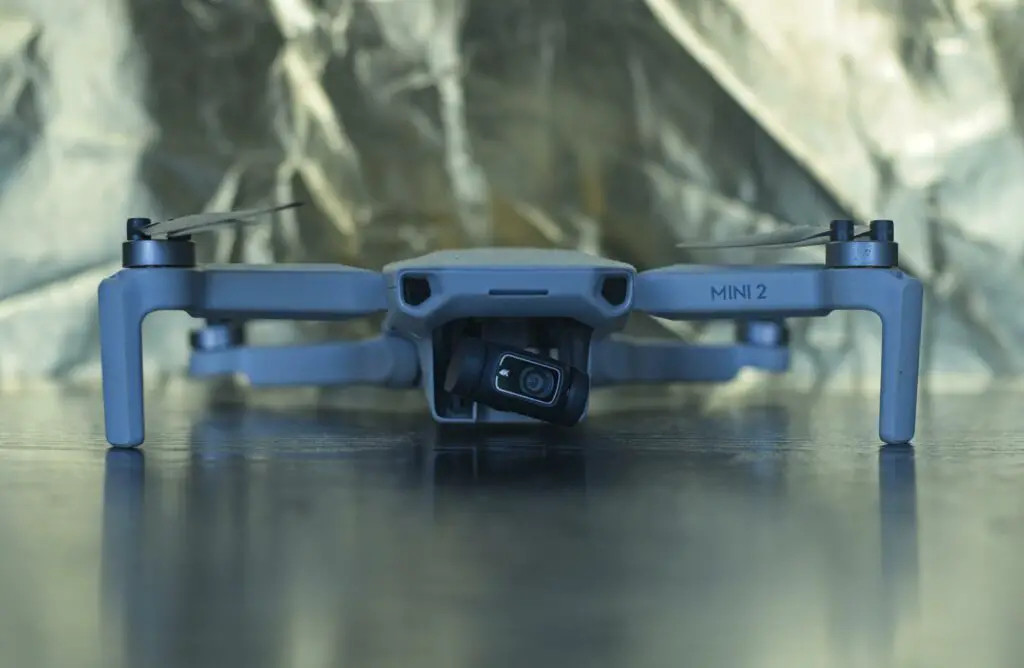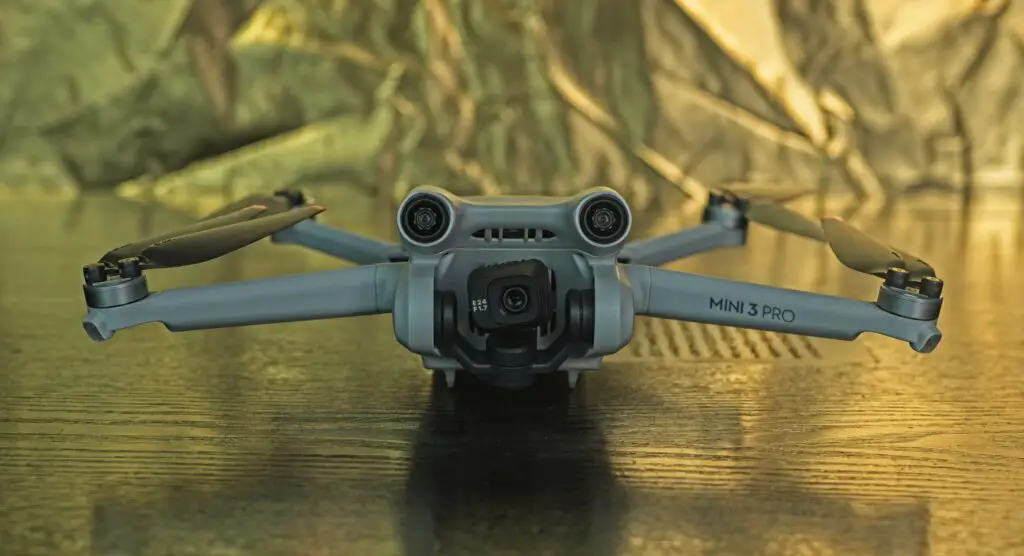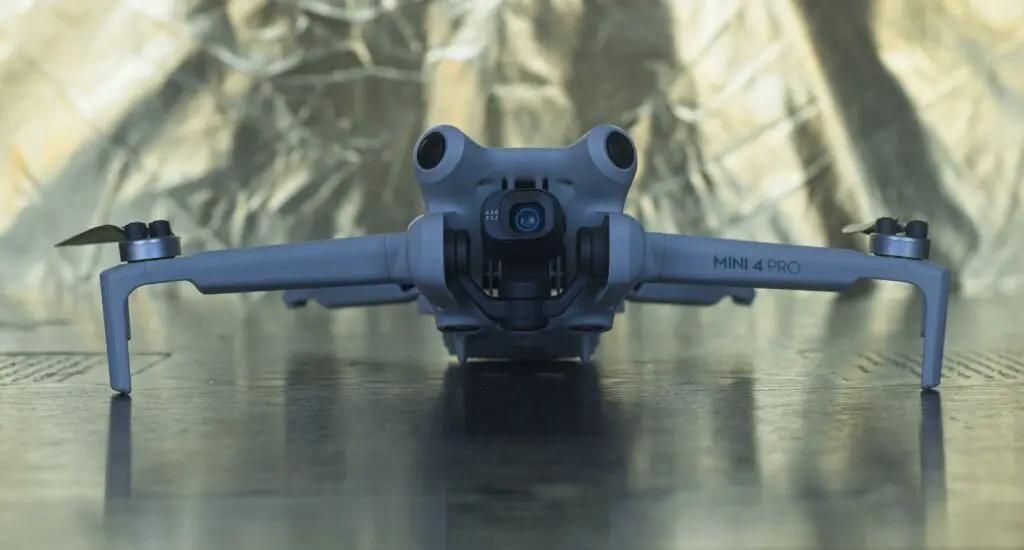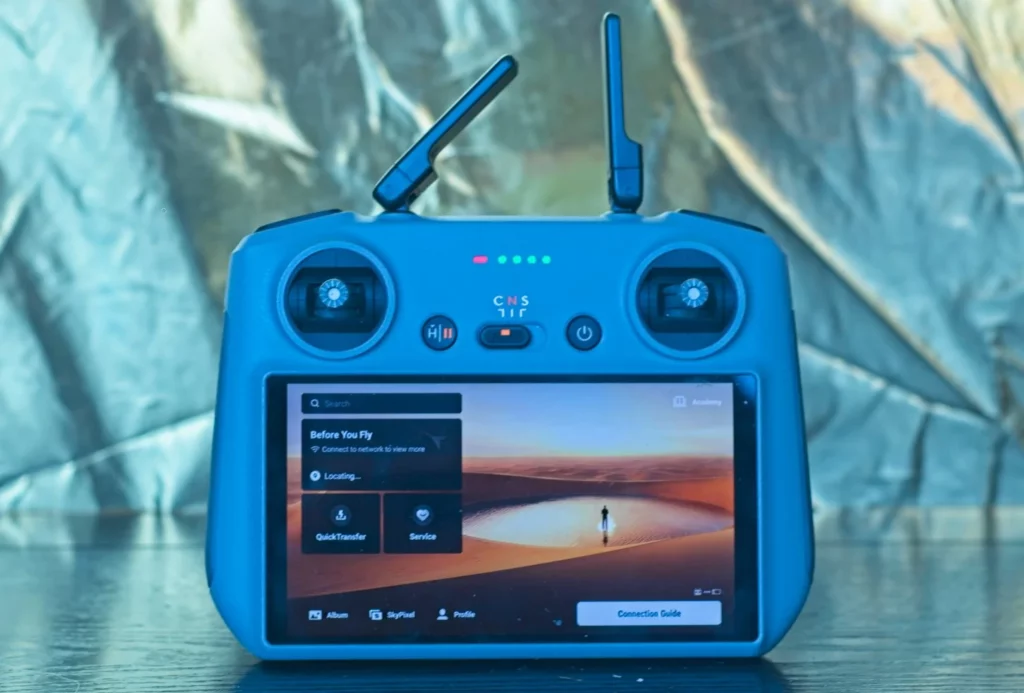DJI has taken several measures in the design of the Mini 4 Pro to improve the signal transmission, after the poor performance of the Mini 3 Pro. Thanks to the position of the antennas in the aircraft, the new pair of controllers, and the improved transmission system, the new model performs much better
Signal transmission is one of the main factors to consider for users planning a purchase between the Mini 4 Pro and the Mini 3 Pro
In this article, we will find out if the signal strength has improved significantly in the Mini 4 Pro through a series of tests I made
Other articles you may find interesting:
- Mini 4 Pro Camera Settings for Photography
- Mini 4 Pro Camera Settings for Video
- Mini 4 Pro Obstacle Avoidance System
- Mini 4 Pro Exposure Settings
- MIni 4 Pro calibration of IMU, Compass, Gimbal and Controller
- RC2 Remote Controller
- Mini 4 Pro and Air 3 Return To Home
- Mini 4 Pro vs Mini 3 Pro Photography
If you prefer to watch this as a video, you will find a link to my YouTube channel at the end of this article
Signal Transmission and Geographic Location
The signal quality for the same drone may vary according to the geographic location
Major differences exist between the transmission mode used in the US (FCC) and the one used in Europe (CE). In most cases, FCC mode delivers a stronger signal and increased range
Within the same continent, the strength of the signal depends also on interferences and congestion of the lines with rural areas performing better than urban ones
Signal Issues with the Mini 3 Pro
The Mini 3 Pro is an excellent drone, but signal transmission has always been its weak point
DJI has acknowledged the matter and has taken action in three different directions when planning the Mini 4 Pro to solve the issue
Position of the Antennas

The previous DJI lightweight models, the Mini and the Mini 2, have a pair of small feet at the end of the forward wings to facilitate landing and to house the antennas in a vertical orientation

The design of the Mini 3 Pro omits the feet and the antennas are placed inside the wing, horizontally
According to many users, the antenna’s position is a major cause of the poor signal of this model
A few months later DJI released a cheaper version, named simply Mini 3. In this model, the classic wing design was restored with vertical antennas inside the feet
The signal transmission of the more affordable model is noticeably better than the one of the Mini 3 Pro

For the Mini 4 Pro and the Air 3, DJI has again adopted the classic design with antennas in the front feet
Antennas in the Remote Controller

The Mini 4 Pro and Air 3 are offered with a new pair of remote controllers, the RC 2 and RC N2
This was a surprising move, as the previous controllers, the RC and RC N1 were released together with the Mini 3 Pro only one year before
The main difference is the presence of a pair of external antennas in the new models, doubling the number of both receiver and transmitter antennas to enhance signal strength and transmission performance
Transmission System
The Mini 4 Pro, like the Air 3 has a new transmission system, Ocusynch 4, which supports a new frequency band at 5.1Ghz, besides the two traditional ones, 2.4 and 5.8Ghz
The new band, which is more precisely between 5.170 and 5.250 GHz is particularly interesting for users based in Europe, as it should offer a more powerful signal with very low traffic
The drone with the best signal transmission that I have ever tried is the Autel Nano Plus, which has indeed the third 5.1 Ghz band
Maximum Distance
The maximum transmission distance announced by DJI in areas unobstructed free of interference is 20km in FCC mode, for the US, and 10km in CE mode, for Europe. These distances are nowhere near what can be reached in real life (Source: DJI specs for the Mini 4 Pro)
DJI also gives distances for areas obstructed and with interference with a range between 0.5 and 3km, according to the nature of the obstructions. This is closer to what we should expect
I am not interested in testing the maximum range of a drone by flying several km away for several reasons: it is against the rules, as we are supposed to keep the aircraft within line of sight, it is dangerous and not useful, I don’t need to smuggle objects into other countries
I do not recommend doing these sorts of tests, as it is very easy to lose your beloved drone
I would be very happy with a model that can operate in most environments in a range of slightly less than 1km, about 3,000 feet, without any disconnection, latency, or loss of signal
Transmission Tests
I have tested the two models in the same areas: the first one is in East Sicily between Mount Etna and the Mediterranean Sea with several little villages in close succession
There are houses and cars all around. There are also some big telecommunication antennas. So it is an area with strong interferences
All the tests were done in low-wind conditions
Test 1 – Mini 3 Pro with High Interferences
Let’s start by going East towards the sea. Besides the strong interferences, the itinerary is relatively obstructed, as there are a few trees between me and the target
I will be trying to film four interesting small volcanic islands just off the coast
First of all, let’s see how the Mini 3 Pro behaves with the RC controller, the previous version with a built-in screen and without external aerials
After only 70 meters the signal starts to worsen and the bars turn to yellow, which is not at all a good sign. I increase the elevation to improve the signal quality
At around 170 meters the signal goes down a lot
At 200 meters the bars turn red meaning that a disconnection is going to happen soon
After several warnings, the aircraft manages somehow to get to 430 meters, where a Return To Home is initiated
I have also tried the Mini 3 Pro with the RC N1 controller with external antennas. The result was slightly better, confirming that the controller’s lack of external aerials is a negative factor
Test 2 – Mini 4 Pro with High Interferences
In the Transmission tab of the Settings, if we set the Frequency to Dual Band, the frequency chosen is constantly the 5.1Ghz and this makes sense, as it is supposed to be the best performing one here in Europe. So I select Dual Band
We can now advance towards our target. After about 300 meters I raised to the maximum altitude to visualize our target, the four tiny islands
At 420 meters I lose the first bar, but we are still in the white, which is good
At 500 meters the bars turn to yellow, as the signal starts to deteriorate
At 620 meters the bars turn to red and I get finally disconnected at 700 meters
The result is a huge improvement compared to the Mini 3 Pro
I am quite happy with it considering the major interferences and the partial obstructions between the controller and the aircraft. I had a decent view of the small islands
Test 3: Mini 4 Pro with Medium Interferences
This time, starting from the same point, I head North, keeping the sea to the right and Mount Etna to the left
It is again a very populated area, heading towards a relatively big town, so the interferences are still quite strong, but not as strong as the previous itinerary, as we are moving away from the big transmission antennas
There are practically no obstructions between the controller and the aircraft
I keep going and I still have full white bars after 500 meters
Same at 600 and 700. I lose the first bar just for a few seconds before 800 meters.
I still have full bars and an excellent signal at 950 meters and I stop there, as I am not interested in going any further. Probably I could have kept going for a lot more
This is an excellent result, considering the congested area
Test 4: Mini 3 Pro with No Interferences
But what about flying in a rural environment without interference?
So I pack the drone and controller and head to Mount Etna, in a very remote area with no buildings
I set the transmission to Dual band and am ready to go
I start flying in the direction of some old craters and I lose a few bars at a distance of 200 meters
At 320 meters the bars turn red, which is not a nice sight
I raise the altitude and the bars go back to yellow, then go back to red at 500 meters, and I manage to reach 750 meters before I get disconnected
This is a very disappointing performance
Test 5: Mini 4 Pro with No Interferences
And now the Mini 4 Pro with the RC 2 controller, around the same area up on the volcano
The drone keeps going and going without any hesitation, it maintains full white bars for the whole journey until I stop after about one km
It would have certainly kept going for much, much longer
Conclusion
With the Mini 4 Pro, DJI had addressed and solved the transmission issue of the Mini 3 Pro
This is something to keep in mind when planning to buy one of the two models, at least for users based in Europe
